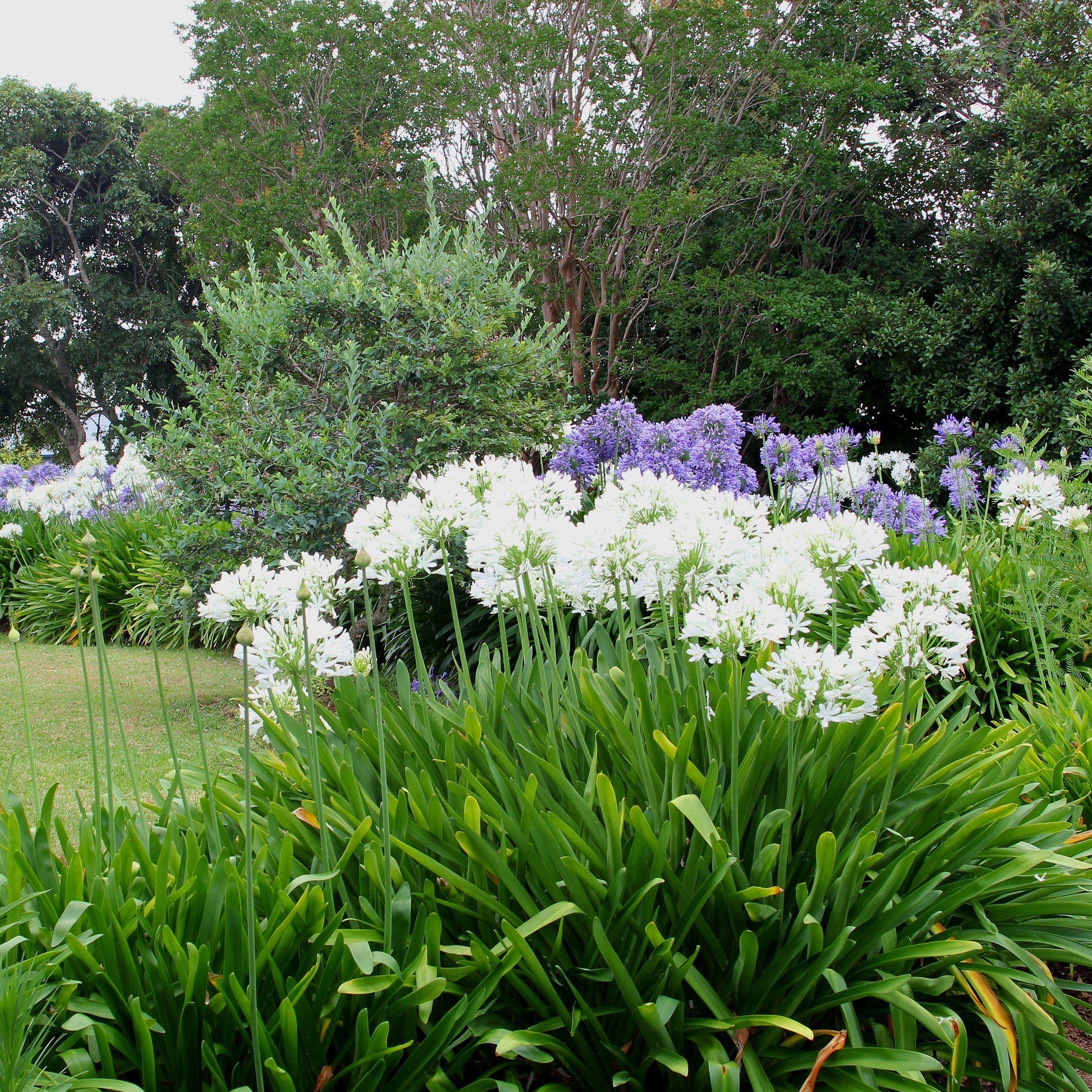Understanding the Art of Agapanthus Care: Crucial Steps for Healthy Growth and Vivid Blooms
In the realm of cultivation, the farming of agapanthus stands as a satisfying endeavor for those that look for to nurture these classy blooming plants. From picking the best selection to mastering trimming strategies, the trip in the direction of cultivating prospering agapanthus plants is complex and holds the crucial to opening the full capacity of these botanical gems.

Choosing the Right Agapanthus Selection

When selecting the best Agapanthus selection for your garden, consider variables such as environment viability, flower color, and growth routine. Agapanthus, typically understood as Lily of the Nile or African lily, comes in a selection of shades varying from shades of blue and purple to white. Choose a flower color that enhances your existing yard scheme to create an unified landscape. In addition, consider the environment in your region to make sure the Agapanthus range you choose can grow in your certain problems. Some varieties are extra forgiving of cold temperatures, while others favor warmer environments. Comprehending the growth habit of various Agapanthus varieties is important for appropriate placement within your garden. Some varieties have a clumping growth habit, suitable for borders or containers, while others have a more dispersing nature, ideal for ground cover or mass plantings. By meticulously examining these variables, you can pick the ideal Agapanthus range to enhance the charm of your garden.
Ideal Planting Problems
Thinking about the optimum environmental needs is essential for successful Agapanthus cultivation. Agapanthus plants are delicate to cool temperatures and ought to be protected from frost throughout winter season months.
To make sure healthy and balanced development and dynamic flowers, plant Agapanthus bulbs at a depth of regarding 2-4 inches and space them 8-12 inches apart. Mulching around the base of the plants helps maintain wetness and reduces weed growth.
Watering and Fertilizing Tips
Preserving correct wetness degrees and giving vital nutrients are key elements in the care routine for Agapanthus plants. When it comes to watering Agapanthus, it is crucial to strike a balance. These plants prefer constantly damp soil yet are susceptible to root rot if overwatered.
Fertilizing Agapanthus is important for advertising healthy and balanced development and respected blooms. Use a well balanced plant food, such as a 10-10-10 formula, in the very early springtime as new growth arises. Repeat this application every 6-8 weeks throughout the expanding season. Avoid extreme fertilizing, as it can lead to rich foliage at the expenditure of blooms. Constantly comply with the supplier's directions for proper dilution and application methods. By following these watering and feeding ideas, you can ensure your Agapanthus plants thrive and generate vibrant, lasting blooms.
Pruning Strategies for Agapanthus
Pruning Agapanthus plants at the appropriate times and with correct methods is essential for maintaining their wellness and promoting optimal development and blooming. The perfect time to prune Agapanthus is in late winter months or very early springtime prior to new growth arises.
For flowered stems, wait until the blooms have actually perished and afterwards cut them back Resources to the base. This not only cleans up the plant's look yet likewise motivates the advancement of brand-new blossom buds. Deadheading spent flowers can likewise redirect the plant's power right into producing even more flowers instead of establishing seeds. Nevertheless, if you wish to collect seeds for propagation, leave some blossoms to mature and completely dry on the plant.
Keep in mind to use clean, sharp tools to make specific cuts and minimize the risk of presenting illness. Agapanthus. Routine trimming will certainly aid keep your Agapanthus looking healthy and neat while making sure an abundant display of lovely flowers
Managing Common Bugs and Conditions
After ensuring appropriate pruning methods for Agapanthus, it is vital to address common bugs and conditions that can impact the wellness and vitality of Continued these plants. Agapanthus plants are usually sturdy however can still drop victim to specific problems. One common parasite that influences Agapanthus is the Agapanthus gall midge. This little, orange fly lays its eggs in the vegetation, leading to distorted growth and flower buds that fail to open. To battle this parasite, trim and damage any kind of damaged plant parts and consider utilizing insecticidal soap.
One more typical concern is fungal fallen leave spot, which provides as dark lesions on the fallen leaves. To avoid fungal conditions, guarantee excellent air flow around the plants, stay clear of overhanging watering, and remove any contaminated leaves immediately. Additionally, Agapanthus plants can experience origin rot if they are grown in inadequately draining soil. To stop this, plant Agapanthus in well-draining dirt and stay clear of overwatering. By being watchful and taking prompt activity against pests and diseases, you can aid your Agapanthus plants thrive and create vivid blooms.

Verdict
In conclusion, grasping the art of agapanthus treatment includes picking the ideal range, offering ideal planting conditions, appropriate watering and fertilizing, ideal pruning techniques, and dealing with typical insects and illness. By complying see this website with these vital actions, you can ensure healthy and balanced growth and vivid blooms for your agapanthus plants. Keep in mind to frequently monitor and maintain your plants to advertise their overall well-being and longevity.
To guarantee healthy development and vivid flowers, plant Agapanthus bulbs at a deepness of concerning 2-4 inches and space them 8-12 inches apart. By adhering to these watering and fertilizing tips, you can guarantee your Agapanthus plants grow and generate dynamic, lasting blooms.
One common pest that impacts Agapanthus is the Agapanthus gall midge. In addition, Agapanthus plants can endure from root rot if they are grown in poorly draining pipes dirt. By complying with these important steps, you can make certain healthy development and dynamic blooms for your agapanthus plants.